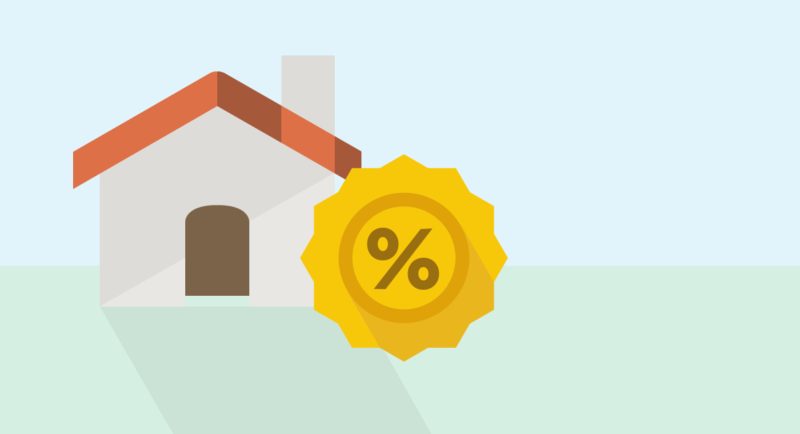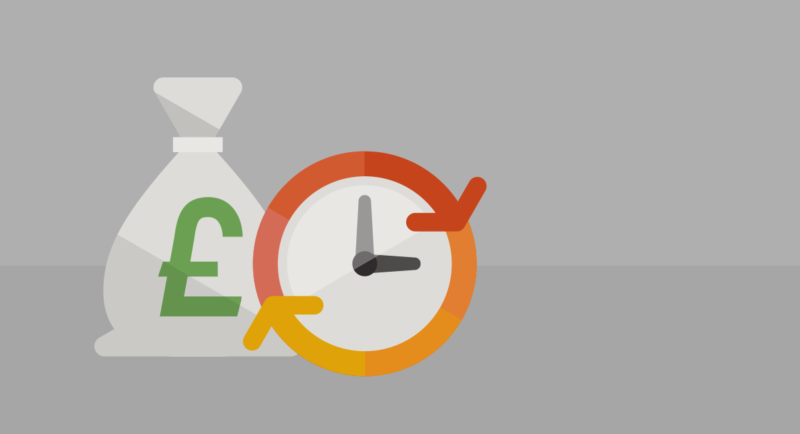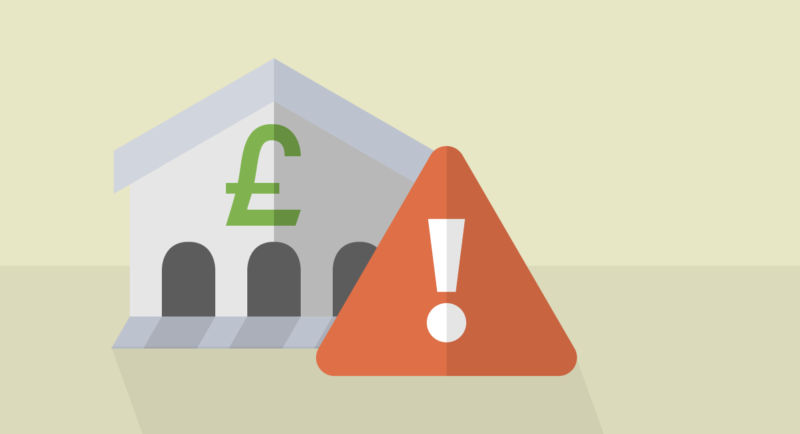It’s quite straightforward. And understanding the different types of deal and how they work can help you to spot better value deals.

If you’re searching for a mortgage, take a look at the Fairer Finance comparison tables. We don’t rate lenders on how cheap their mortgage rates are, but on how satisfied their customers are.
You are more likely to receive good service from lenders who hold Fairer Finance ribbons.
-
1
Types of mortgage rate
There are two common types of mortgage rate.
The first is a fixed rate. This will remain the same for a set period of years.
The second type is a variable rate. These rates change over time.
-
2
Fixed rate mortgages
Fixed rate mortgages are simple. The interest rate remains the same for the length of your fixed ‘term’, which can range from two to ten years.
Fixed rate mortgages are very popular, as they offer borrowers certainty. You know exactly what your mortgage bill will be every month for a set period. There is a fair amount of competition in the market. Lenders undercut each other’s deals on a regular basis to try to attract new customers. It's case of looking out for the lowest rate.
You also need to take into consideration the fact that some deals last for less time than others. Which is better – a 2% rate for two years, or a 3% rate for ten? The answer really depends on your individual circumstances - if you go for a ten-year fixed rate, and you want to move during that period, you may need to pay an early repayment charge. Fixed rates over shorter terms offer more flexibility, but you are at risk of rates across the market going up.
One thing you should watch out for are the high arrangement fees that banks can charge. These can easily add another £1,500 to your outlay, and if you add them to your mortgage debt you’ll then be paying interest on those fees for the length of the mortgage, costing you even more.
Once the term ends, the rate will likely revert to the lender's standard variable rate. These can be quite expensive. It’s a good idea to take a look around the market six months before the end of a fixed term and secure a new deal.
-
3
Tracker rate
Tracker rates are a type of variable rate that can change over the course of your mortgage.
These track the interest rate set by the Bank of England (also known as the base rate). Your lender will add on an extra percentage to this to create the rate.
Right now, the Bank of England base rate is 0.25%. A bank could set up a tracker deal 1.5% above this, giving a rate of 1.75%. If the Bank of England decided to increase the base rate to 1%, this rate would increase in line with this to 2.5%.
Sometimes the rate may be a ‘discounted variable’ rate. These are based on your lender’s standard variable rate. So the rate moves in line with that, rather than the base rate. This can go up or down at any time, dependent on your lender's decisions.
Tracker rate deals will last for a specified amount of time before you are moved to another rate. This will most likely be your lender’s standard variable rate.
-
4
Standard variable rates
A standard variable rate is a special type of variable rate. This is the rate at which interest will be charged on a mortgage that isn't signed up to a fixed or variable rate deal.
Each lender sets their own standard variable rate. They are often far more expensive than the rates offered for fixed term or tracker deals.
When a fixed term or tracker deal ends, most mortgages will shift to a standard variable rate. Remember, the lender can increase this rate at any time, irrespective of what the Bank of England does with the base rate.
-
5
Interest-only mortgages
Interest-only mortgages work in a different way. Your monthly mortgage repayment will only cover the interest on your debt. You will then need to repay the capital you borrowed at the end of the mortgage term, typically around 25 years.
This might sound great, because your monthly mortgage repayments will be much smaller.. But you need to be certain that you'll able to pay it all back at the end of the term.
You need to have a plan in place to gather money to pay off the mortgage debt itself. This could be a savings or investments strategy. It’s not enough to simply rely on the property increasing in value.
This type of mortgage is less common these days, particularly following the financial crisis. With an interest-only mortgage, it’s possible that someone might not repay anything at all. This is because they are not chipping away at the actual debt during the mortgage term.
They tend to only be available to those with large deposits. A spotless credit history helps too. These people will also have to show the lender that they have a credible plan in mind to repay the debt. And the lender may check up on the performance of this plan during the mortgage term.



